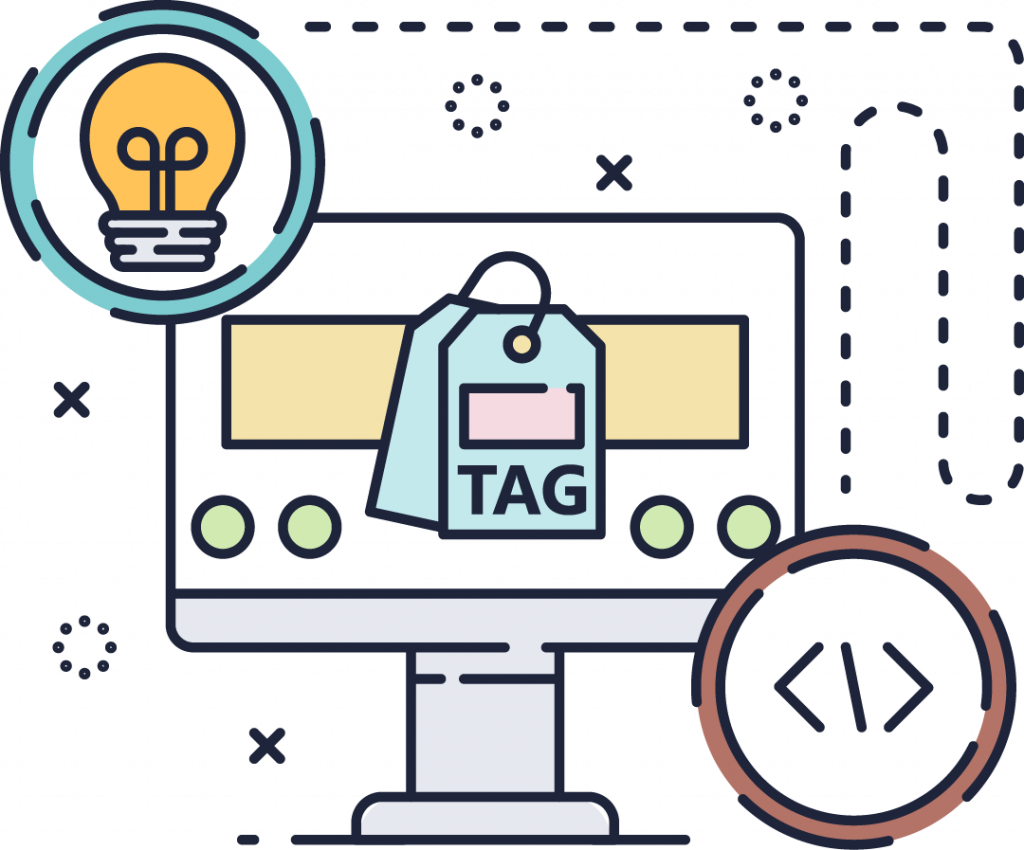You’ve been working hard to set up your ecommerce, but you still don’t see much traffic. You are not alone. Getting more traffic is a priority for most online business owners and, apart from social media ads and other paid campaigns, there is something you should start working on ASAP: SEO for ecommerce. Here is our quick guide for beginners.

1. Keyword Research
When researching keywords for ecommerce, you need to think about the kind of search terms that a potential customer would use. The trick is to prioritize the terms that describe your products. That means focusing on commercial keywords – the ones that show buying intent. Amazon (products and categories) and Google are good places to start.
2. Site structure for ecommerce SEO
The structure of your site affects the ranking and is a key SEO factor for ecommerce. It also makes for a better user experience and therefore more sales.
You need to think about how to make it simple and scalable. Users should find your products almost immediately and should be able to navigate simply to complete the purchase process by clicking as little as possible.
3. On-page SEO for ecommerce

Now that the two basic aspects of your SEO are covered, let’s talk about the next important step for your site to rank higher and increase traffic: categories and products
Your crucial element checklist:
- Sitemap and robot txt files
- Tags
- Social media linking
- URLs
- Product descriptions
Some additional tips:
- Choose easy, short URLs and include keywords
- Your product descriptions should be detailed
- Leverage LSI keywords – those that are related to your products
How does site architecture relate to ecommerce SEO strategies?
The structure of your website is a big element for SEO since it affects ranking, especially for e-commerce SEO strategies. Having a good site structure helps customers to find your products and navigate your site with ease.
What other SEO elements should I focus on apart from keywords?
Other aspects are also important in e-commerce SEO such as tags, categories, optimized URLs, social media links and product descriptions.










